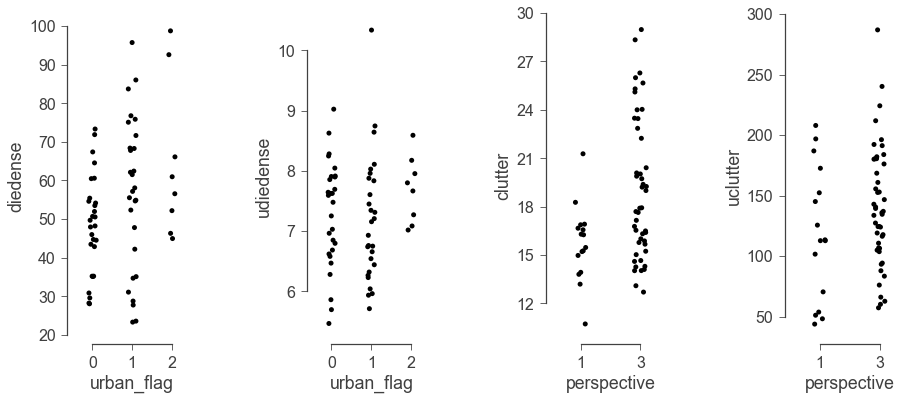Computational Archaeology of Fictional Space
- Dennis Yi Tenen
Space is a hard thing to pin down. It identifies dimensional continuity and a topography, that is, a relationship between objects. It is also itself an object: a limit-defining quantity even in its most abstract sense. “O God, I could be bounded in a nutshell and count myself a king of infinite space, were it that I have bad dreams,” Hamlet says of his ambition and his dreams. A human palm can be a part of the body or a map. A mirror is a piece of furniture and a frame for reflection. Under extreme magnification, the head of a pin appears a vast and mountainous terrain, home to angels and bacterial detritus. The characterization of diegetic—let us call it also virtual and fictional—space presents further difficulties. A stretch of land in fiction measures also a stretch of the imagination. These units do not always have names or explicit boundaries. Vladimir and Estragon wait for Godot: “A country road. A tree.” Two vectors are enough to situate the world. A road gives us the X and a tree the Y axis: an infinity in a nutshell.
In this paper I propose to reconsider theories of diegetic space which rely on explicit framing (i.e. “two people walk into a room” or “in Spain”). Rather than looking for maps, I define space in terms of grammatical categories denoting objects. The emphasis on objects leads to a method for literary archaeology, informed by cognitive theory and anthropology. If the universe is made of atoms, a fictional world is also made up of atomic relationships that form basic, stable configurations, or, what I call, narratological primitives. I construct several such basic spatial buildings blocks here—diegetic density and clutter distance. Their application to a well-explored body of Victorian novels challenges several long standing historical intuitions related to the development of material culture in the nineteenth century.
